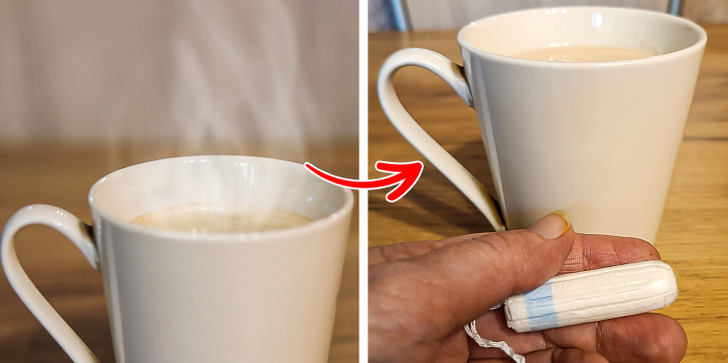17 Popular Tricks That Clearly Demonstrate the Underside of Advertising Photo Shoots
The main task of an advertising photographer is to present the product as well as possible. Many effects are difficult to achieve solely with the right lighting and good composition. That’s why professionals often go to great lengths to make food and drink appear more appetizing, and the effects of cosmetic products more apparent.
Crisp, fluffy pancakes with syrup
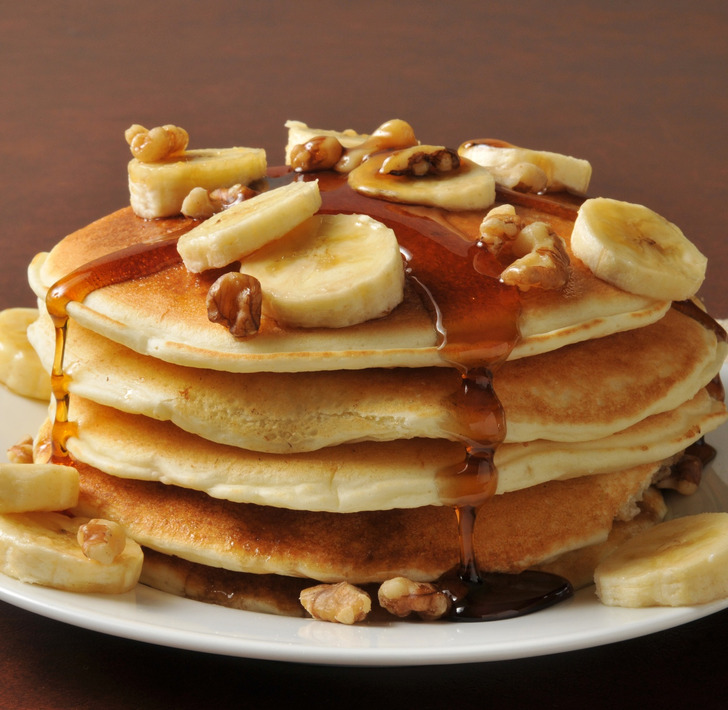
To get a good photo of a fluffy stack of baked goods covered in syrup, many photographers use a water-repellent product on the treat. For this purpose, a spray used for different types of fabric is excellent. This product prevents the syrup or sauce from soaking into the pancakes.
If the baked goods look too pale, they are tinted brown around the edges with a special dye. Another method is to use engine oil instead of syrup, it looks much more attractive in pictures.
Fresh, crispy bread
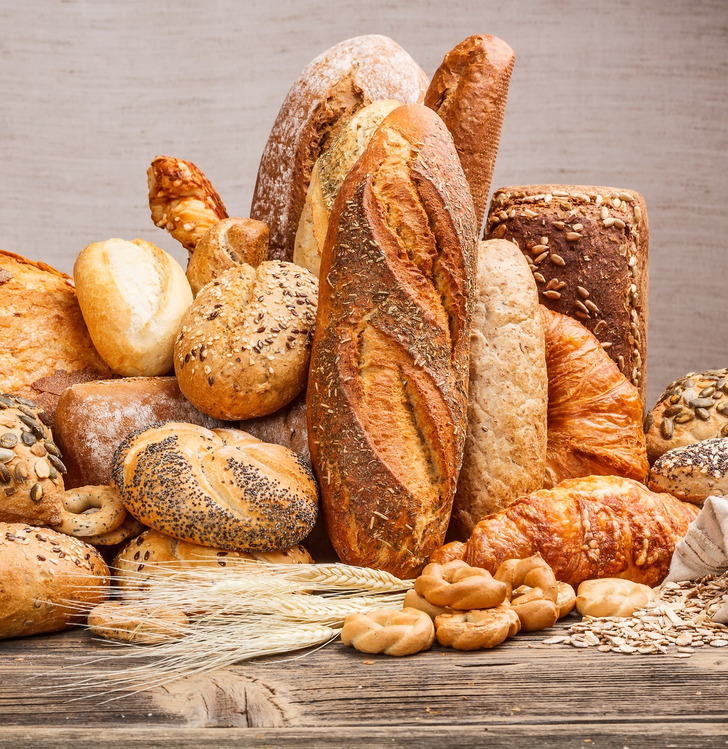
As soon as a fresh bun or loaf of bread is exposed to sunlight, the baked goods begin to stale and dry out. As the photo shoot can take several hours, photographers have to find a way to give the loaves a fresh and fluffy appearance. So, often, the crust is treated with a water-repellent spray, which is usually used to protect the car interior from sunlight and moisture.
Appetizing fried eggs
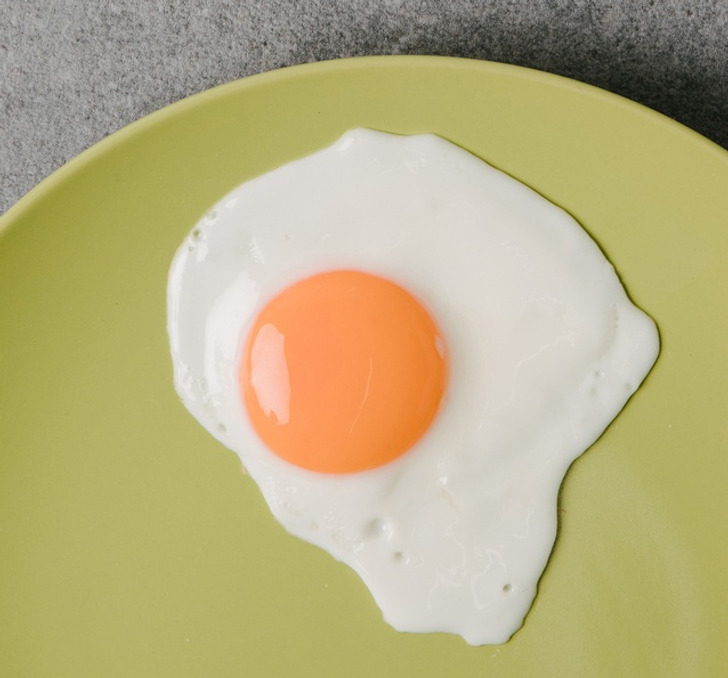
One of the few dishes that remain edible even after the photo shoot is a fried egg. To make the meal look appealing, raw eggs are first cracked into a fine sieve. This helps get rid of excess moisture. They are then fried in a non-stick pan without any oil. This results in bright whites and no brown crust around the edges.
Voluminous curls
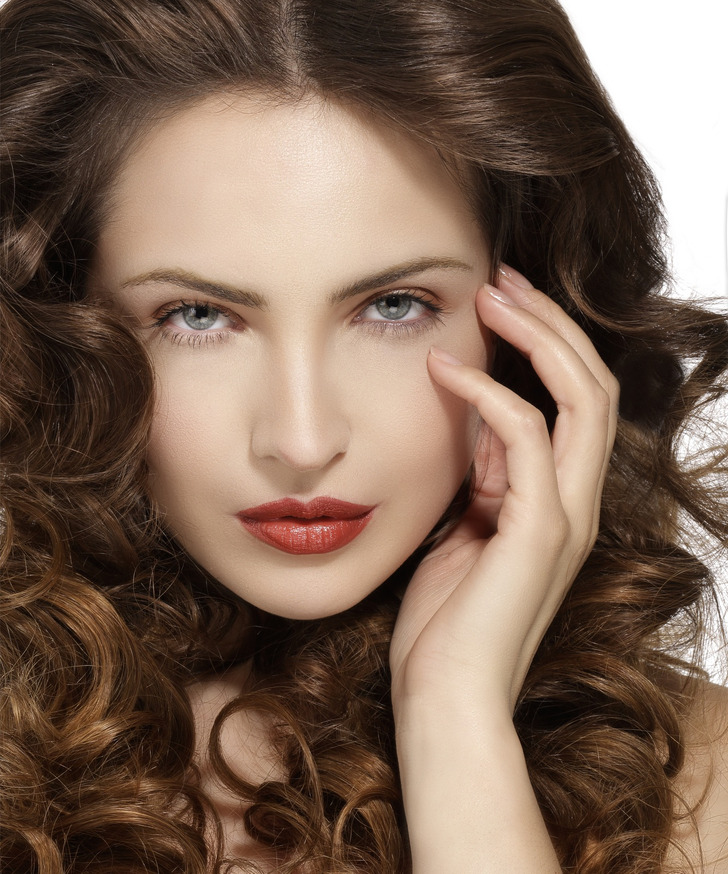
The effect of a full and luscious hairdo can be created without the need for elaborate combing, or hairspray. To lift the locks, hair stylists usually place styrofoam balls of different sizes under strands of hair, using clips to hold it all together. Unsurprisingly, most women don’t believe that these advertised products have real benefits to help them achieve the same lush, shiny hair.
Grill lines on a steak
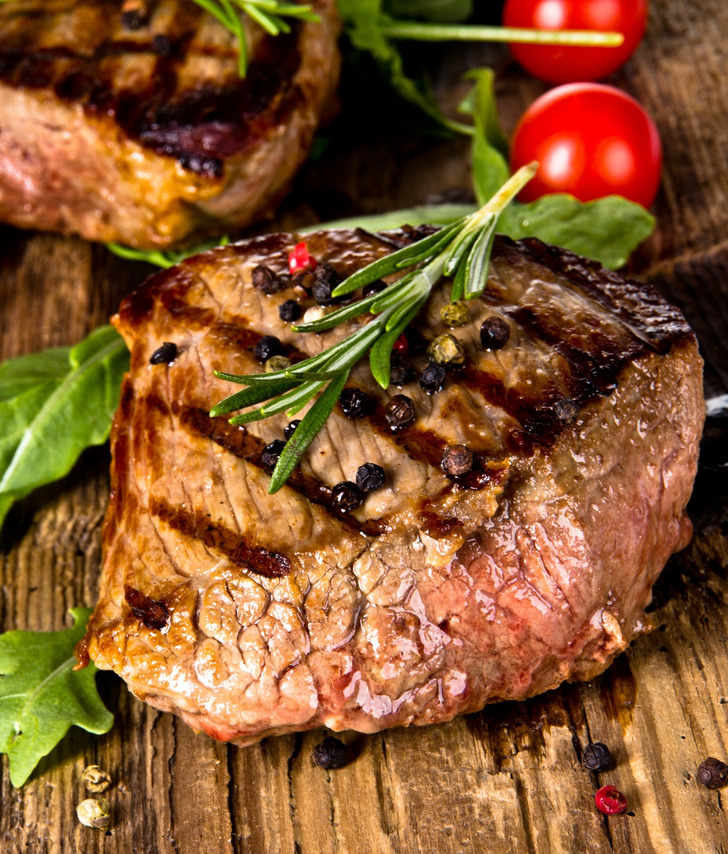
A steak is never fully cooked before the photo shoot, so as not to spoil the texture of the product. Before, and immediately after cooking, the meat is soaked in a bowl of oil so that it doesn’t lose its juicy and fresh appearance. The steak is kept on the pan until it gets a golden crust on the surface. Afterward, eyeliner is used to draw lines on the steak that will make it look like it just came off the grill. If the dish looks dry or leathery, shoe polish can be used to “revitalize” it.
Spaghetti
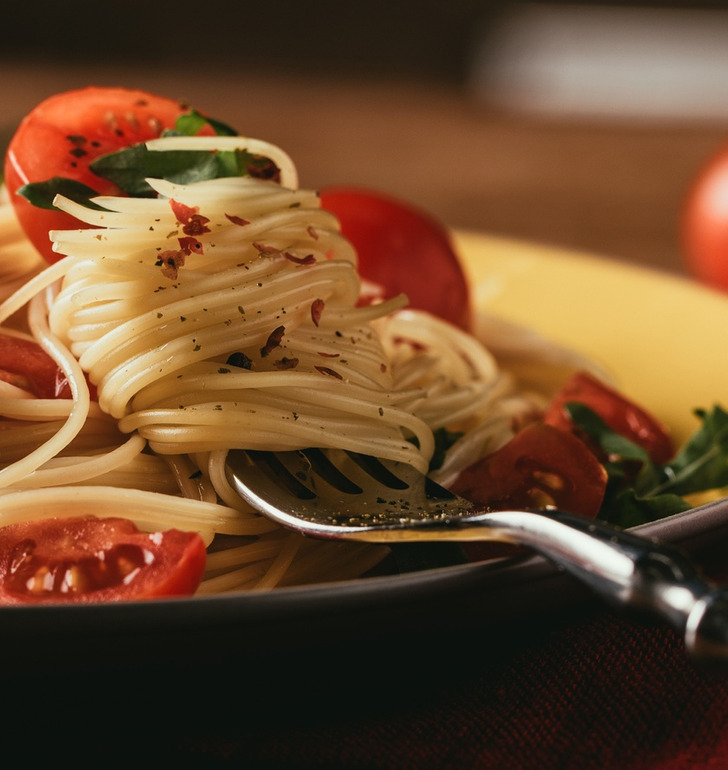
To prevent the cooked spaghetti from looking stuck together in the picture, and so that it can be rolled up into appetizing little “nests”, the pasta is washed thoroughly with cold water. The dish is then repeatedly sprayed with oil throughout the photo shoot. This ensures that it won’t lose its texture.
Summery atmosphere in photos of cosmetics
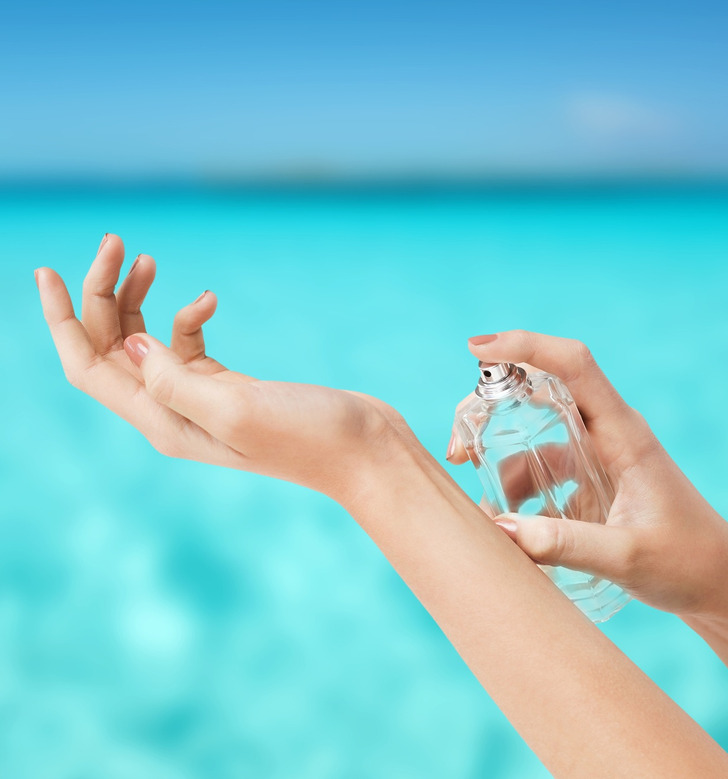
You can create a sunny, summery feel, as if the photo shoot is happening at the seaside, right there in the studio. All you need is a basin of water and a piece of blue cardboard. The photographer’s assistant then makes the waves with the help of a hairdryer.
Streams of sauce over ice cream
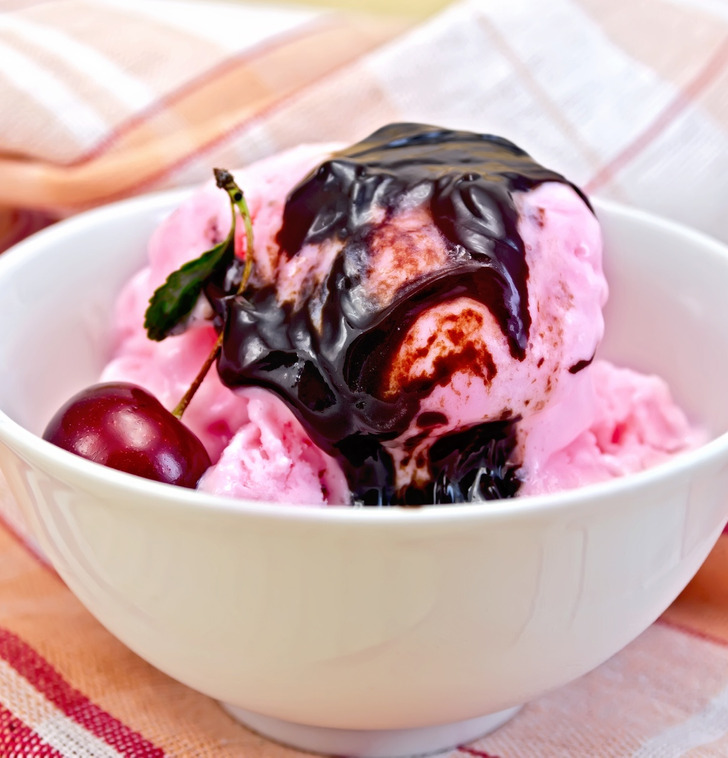
Ice cream is one of the most difficult things to photograph. It melts quickly, losing its texture and shape. That’s why some professionals use vegetable fats, colorings, and icing instead of the real treat. However, there are those photographers, who prefer working with real ice cream. To prevent it from melting, the bowl can sit on top of ice chips. Sometimes, pieces of paper towels are placed on top of the scoops. This ensures that the sauce won’t ruin the composition, and will form graceful patterns over the ice cream.
Foggy glassware with cold drinks
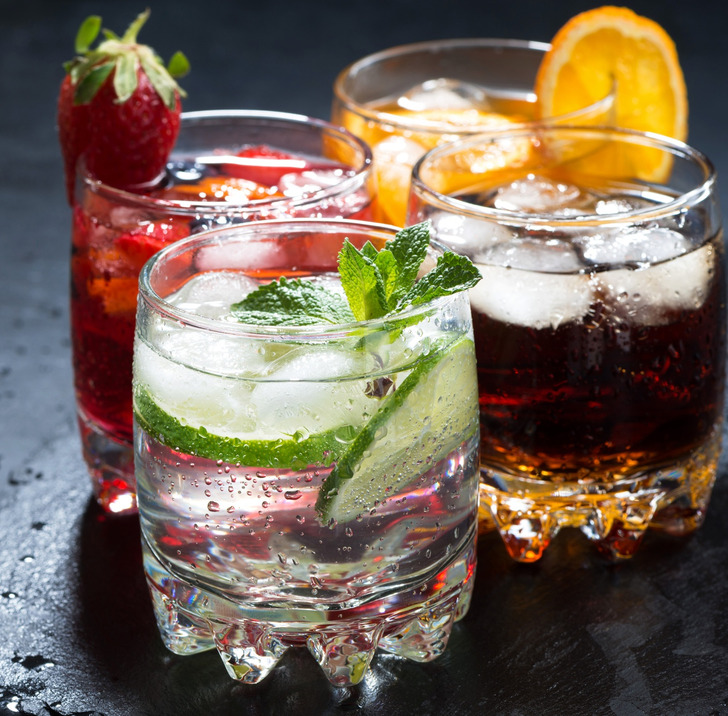
Unfortunately, cold drinks warm up quickly under the bright light of photography equipment. The necessary condensation on the glasses is, therefore, created with a mixture of water and corn syrup, diluted at a 1:1 ratio. Smaller sprays are achieved using a spray bottle, while the larger droplets are applied strategically, using a pipette or a toothpick. You can also create a cooling effect by choosing glassware, or a background with appropriate coloring.
Soft-boiled eggs
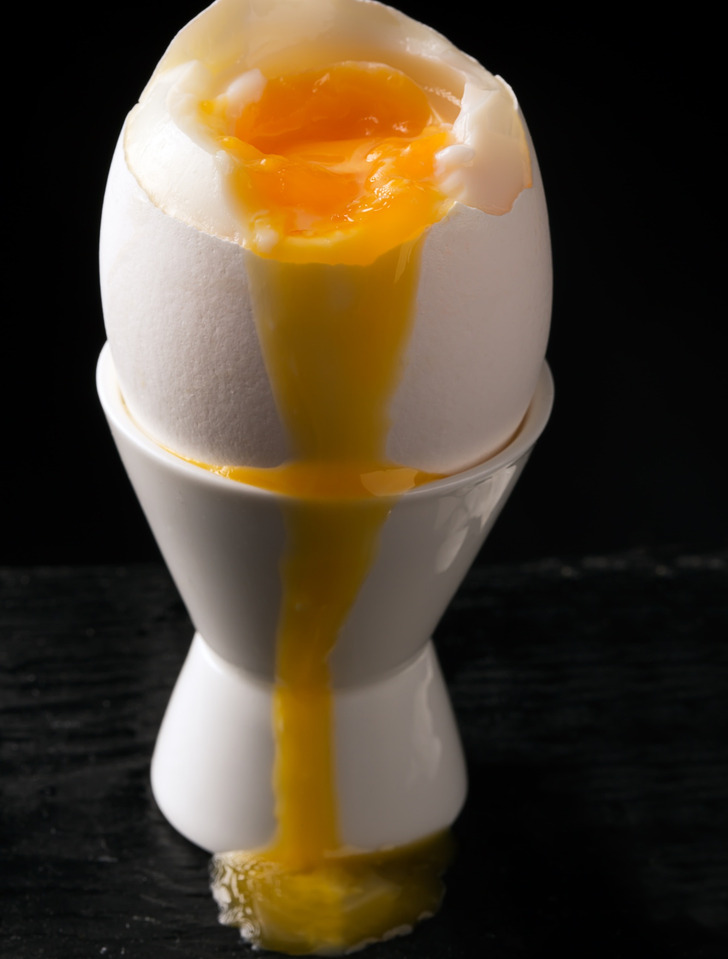
Here you will need a few more eggs than you’ll end up with in the picture. To make it easier to photograph the product from all angles, a bunched-up napkin is placed under the egg in the bowl, or egg holder, thus giving it a little lift. Then, a little more yolk from the other eggs is poured over the dish to create the mouth-watering effect of a runny yolk.
Tons of steam over a cup of hot coffee or tea
Chances are, by the time the photographer gets ready to shoot, the drink will have cooled down. The effect of steam rising over a mug can, of course, be created with photoshop. But real steam will look more natural. To help capture it, the container with the liquid is placed against a dark background.
The steam itself can be created with a smoke machine or the steam setting on an iron. If there is no such device at hand, professionals resort to various tricks. For example, soaking a tampon or cotton wool in water, putting it in the microwave, and then hiding it behind the cup. Small containers of boiling water or dry ice are also used for this purpose.
Juicy berries and fruit
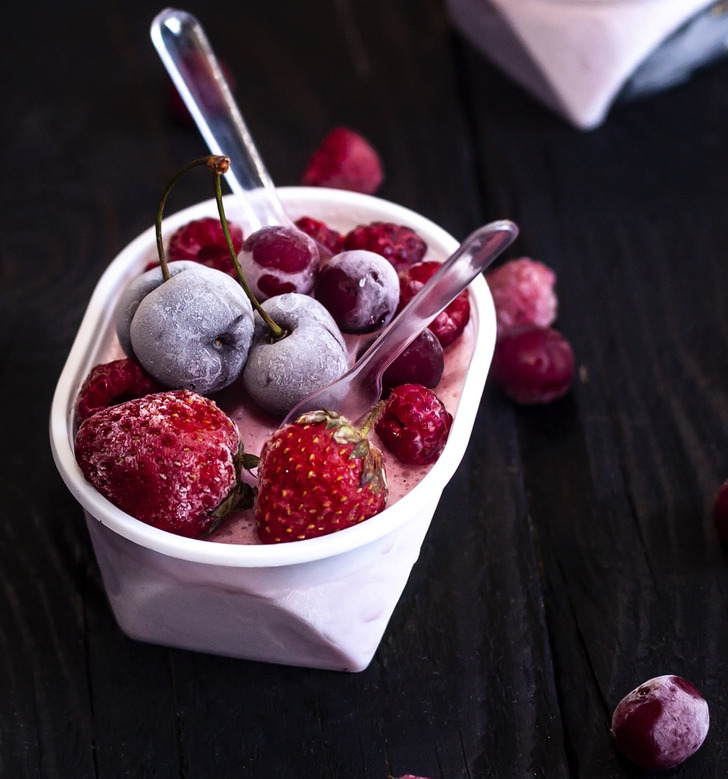
Outdoors, fresh fruit quickly becomes weathered and loses color. For this reason, professionals soak the fruit in water with lemon juice. To brighten red berries and hide any imperfections, they are often colored with lipstick.
To make fruits, vegetables and berries look appetizing, as if they had just been taken out of the fridge and still have traces of frost on them, sprinkle the surface with talcum powder or baby powder before giving everything a coating of hairspray.
Milk
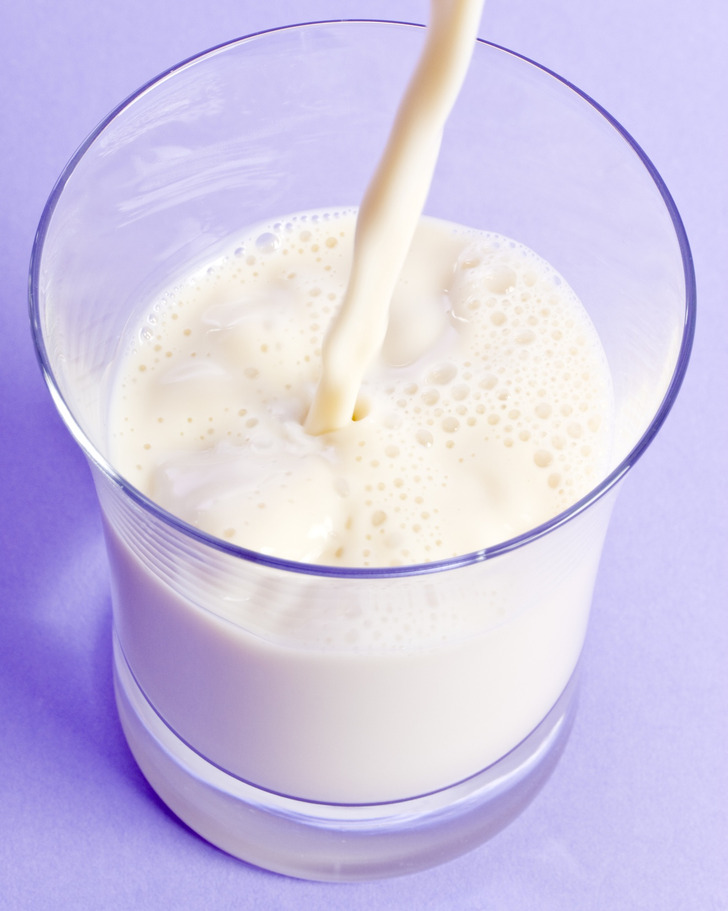
Ordinary milk in a glass can look unattractive. To create the effect that it has literally just been poured into the glass, soapy water is added. This creates bubbles and an appetizing froth on the surface.
Melting cheese and waves of crispy bacon in the burger
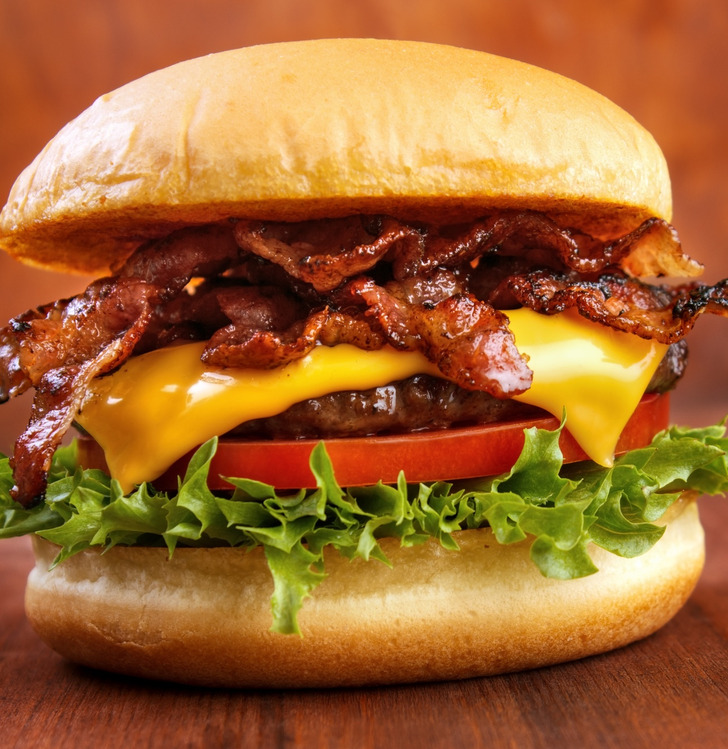
Burgers are most often photographed when they are cold. To create the effect of cheese melting on a hot patty, this dairy product is first dipped in warm water before being placed on top of the meat. Neat waves of crispy bacon are achieved by wrapping it around cardboard tubes before frying. The bacon is then coated in oil to give it a mouth-watering shine.
Caviar
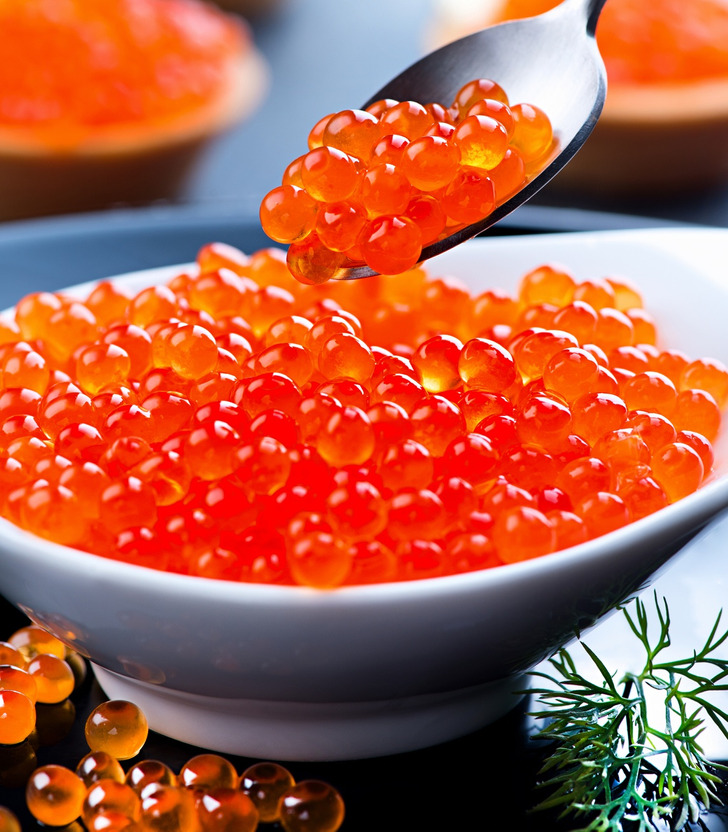
Red caviar is a fairly expensive product, to be wasted during photography. That’s why professionals often make their own, artificial, version of the delicacy. To do this, tomato paste is heated together with agar, and the resulting mixture is syringed into chilled olive oil. This tomato caviar looks brighter and juicier in the photos.
Thick, appetizing sauces
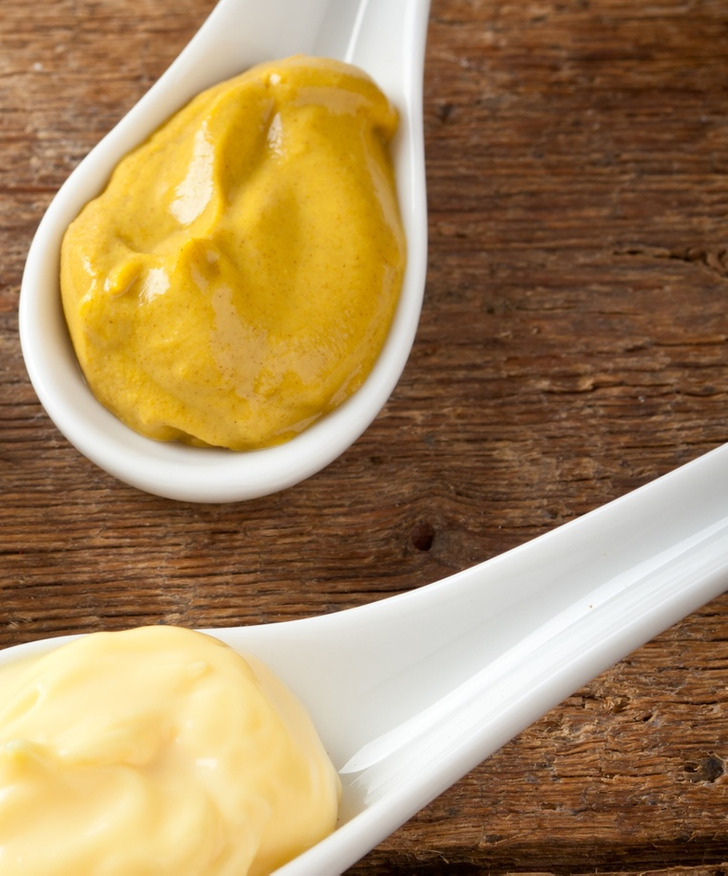
To make really thick sauces that look great in photos, they are often made from melted multicolored wax. The resulting product looks shinier, more uniform, and more attractive. What’s more, it doesn’t get absorbed by the food products, allowing the wax sauce to be arranged in neat patterns on the dish.
Succulent chicken with a crispy crust
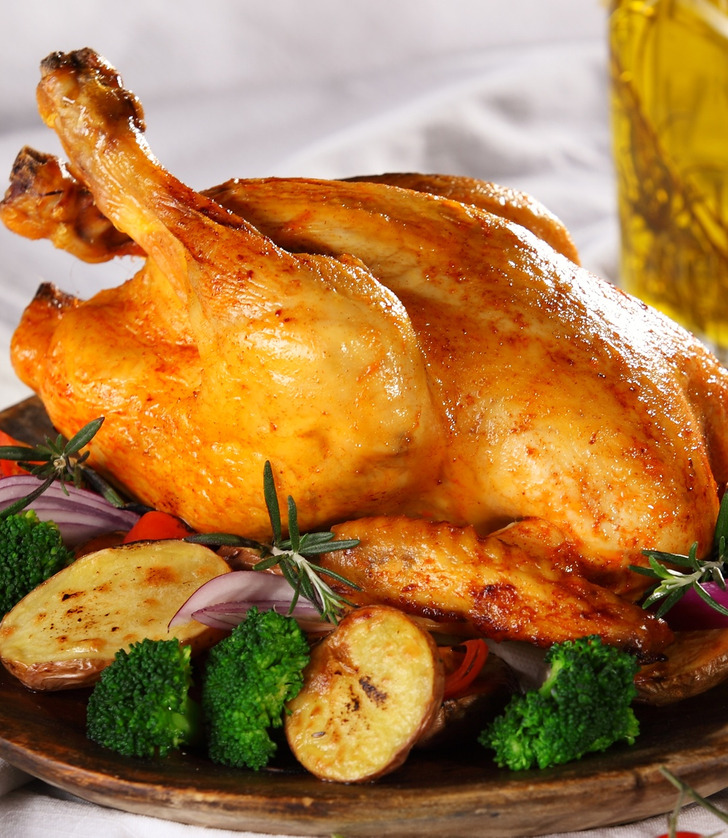
During roasting or baking, poultry usually loses volume and the crust doesn’t look as smooth and tasty. To return the chicken or turkey to its appetizing shape, mashed potatoes are injected under the skin with a syringe and then browned with a burner. This makes the bird look big and juicy.
Do you think it’s possible to take photos for advertising without all the tricks and photoshop?
